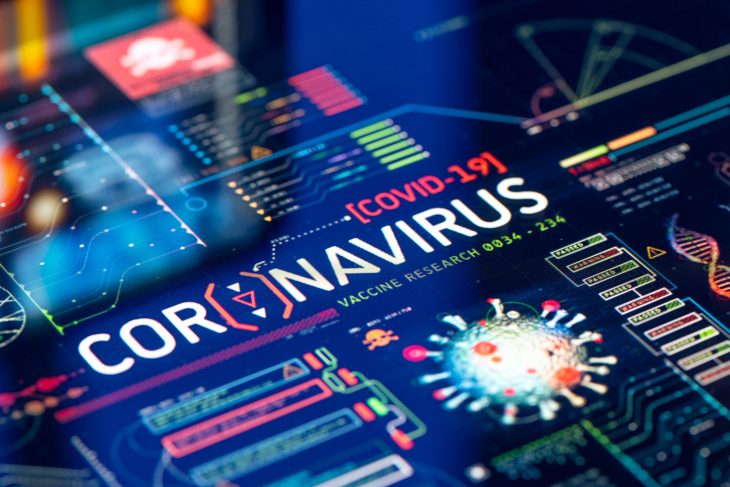Following months of interdisciplinary research assessing tens of thousands of lung cells infected with the novel coronavirus, scientists have created one of the most comprehensive maps to date of the molecular activities that are triggered inside these cells at the onset of the viral infection, an advance that may lead to the development of new drugs to combat COVID-19.
From their analysis, the scientists, including those from Boston University in the US, discovered close to 18 existing drugs approved by the US Food and Drug Administration (FDA) that could potentially be repurposed to combat COVID-19 soon after a person becomes infected.
They said five of these drugs could reduce the spread of the coronavirus in human lung cells by more than 90 per cent.
In the research, published in the journal Molecular Cell, the scientists simultaneously infected tens of thousands of lab-grown human lung cells with the SARS-CoV-2 virus, and tracked what happens in these cells during the moments after infection.
They said these engineered cells are not completely identical to the living, breathing cells inside our bodies, but are the “closest thing to it.”
“What makes this research unusual is that we looked at very early time points [of infection], at just one hour after the virus infects lung cells.
It was scary to see that the virus already starts to damage the cells so early during infection,” said study co-author and virologist Elke Muhlberger from Boston University (BU).
According to the researchers, “the virus does wholesale remodeling of the lung cells.”
“It’s amazing the degree to which the virus commandeers the cells it infects,” said Andrew Emili, another co-author of the study from BU.
Since viruses cannot replicate themselves, they hijack the host cell machinery to make copies of its genetic material.
In the study, the scientists found that when SARS-CoV-2 takes over, it completely changes the cells’ metabolic processes.
The virus even damages the cells’ nuclear membranes within three to six hours after infection, which the team said was very surprising.
In contrast, “cells infected with the deadly Ebola virus don’t show any obvious structural changes at these early time points of infection, and even at late stages of infection, the nuclear membrane is still intact,” Muhlberger said.
The scientists explained that the cell’s nuclear membrane surrounds the nucleus, which holds the majority of the genetic information, and controls and regulates normal cellular functions.
With the nucleus compromised by the coronavirus, they said “things rapidly take a bad turn for the entire cell.”
The lung cells which normally play a role in maintaining the essential gas exchange of oxygen and carbon dioxide that occurs when we breathe die under this siege, the study noted.
According to the researchers, the cells also emit distress signals which boost inflammation as they die, triggering a cascade of biological activity that accelerates more cell death.
This eventually leads to pneumonia, acute respiratory distress, and lung failure, they explained.
“I couldn’t have predicted a lot of these pathways, most of them were news to me. That’s why our [experimental] model is so valuable,” said Andrew Wilson, one of the study’s senior authors.
TN Engineering students at Corona time comes out with ROBOT prototype for patient monitoring









